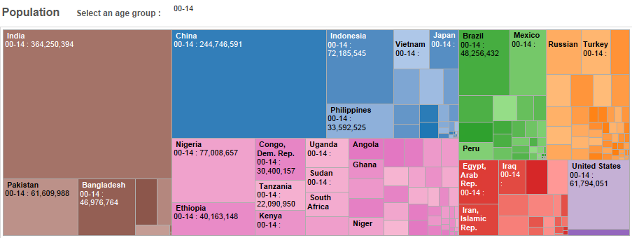In my earlier post “Digital Collections and Accessibility”, I touched upon the considerations we would need to address when building or creating digital collections (or other things that rely heavily on utilizing images such as data visualization) for public use. Here are the questions I put down in that post:
“Given the ubiquitous nature of digital collections, the goal that these collections would be used as part of scholarly activities, and the library’s mission to disseminate the information as widely as possible, there is one aspect that many of us need to address when we plan for a digitization project: how do people with disabilities access these collections without getting lost? Can they also get the same access and benefit from our collections if they only rely on their screen readers (or refreshable Braille, or any other assistive technology)? Can people move around our website easily using just a keyboard (for those with hand-coordination difficulty who cannot use a mouse)?”
So: planning. Planning is an important part when incorporating accessibility into building a collection. Typically, building a digital collection starts with designing the metadata (PDF) and then proceeds to further development activities such as database design, content creation, data entry, and coding/front end development. Whichever process that we develop, we would like to see that the website is well designed and the information presented is useful for our audience (I am assuming that most digital collections created and made available are designed for web access, with an added bonus if they also employ a responsive design.)
